Introduction
The Maha Kumbh Mela 2025, held in Prayagraj, is not just the world’s largest religious gathering but also an extraordinary logistical feat. Millions of pilgrims from around the globe converge at this spiritual event, making it a marvel of planning and coordination. Behind the spiritual grandeur lies a massive organizational effort involving government bodies, volunteers, and spiritual leaders. This blog takes you behind the scenes to explore the intricate process of organizing the Maha Kumbh Mela 2025.
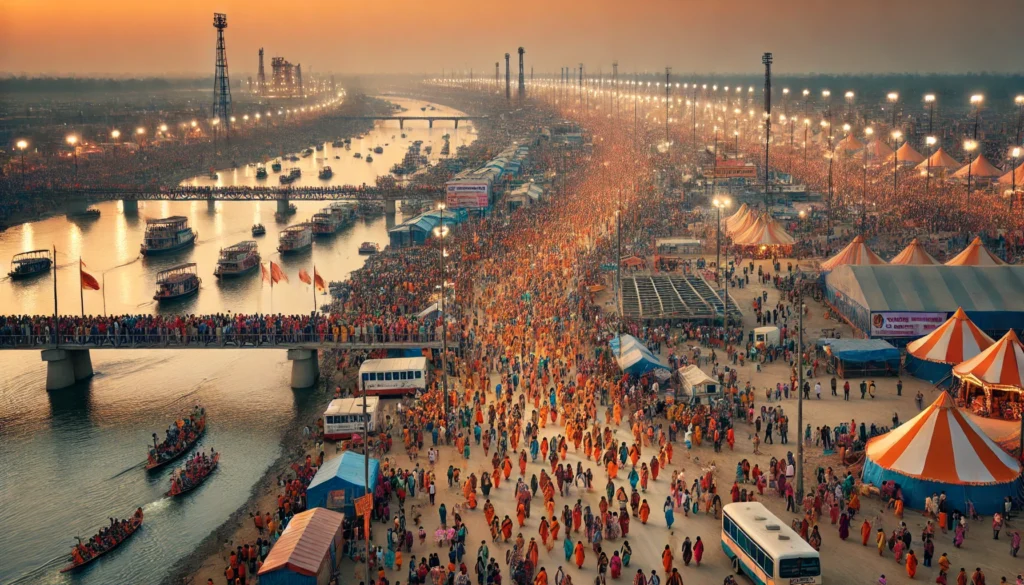
1. Planning Begins Years in Advance
The planning for the Maha Kumbh Mela starts several years before the event. A dedicated team of officials and committees work together to design the blueprint for the Mela, considering everything from infrastructure to safety measures.
- Key Focus Areas: Land allocation, riverfront development, and traffic management.
- Fun Fact: Over 3,200 hectares of land are prepared for the event!
2. Infrastructure Development on a Massive Scale
Temporary cities are created to accommodate millions of pilgrims. This includes roads, bridges, sanitation facilities, and tents. Special attention is given to creating eco-friendly structures to minimize environmental impact.
- Features:
- Temporary bridges over the rivers.
- Solar-powered lights and green initiatives.
- Thousands of tents for accommodation.
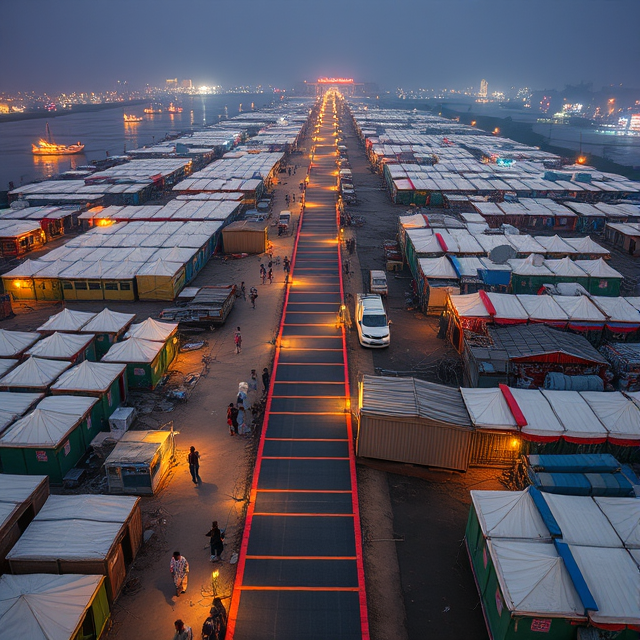
3. Safety and Security
Ensuring the safety of millions is a top priority. The Mela grounds are equipped with CCTV cameras, drones, and a strong presence of police and paramilitary forces.
- Emergency Services: On-site medical camps, ambulances, and fire stations are set up to handle any emergencies.
- Tech Integration: Real-time crowd monitoring and disaster management systems.
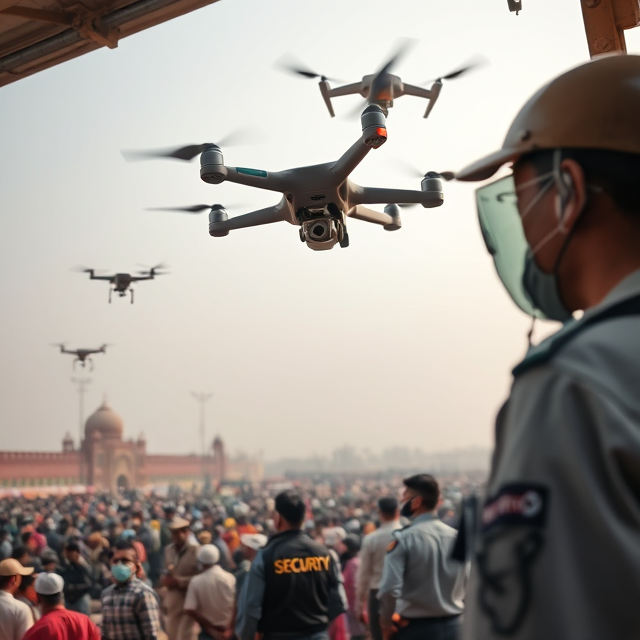
4. Managing Pilgrim Services
From food to water to healthcare, the organizers ensure that every pilgrim’s basic needs are met. Clean drinking water stations, community kitchens, and medical camps are strategically placed across the venue.
- Unique Offerings:
- Free meals served at various Akharas.
- Lost-and-found centers for missing persons.
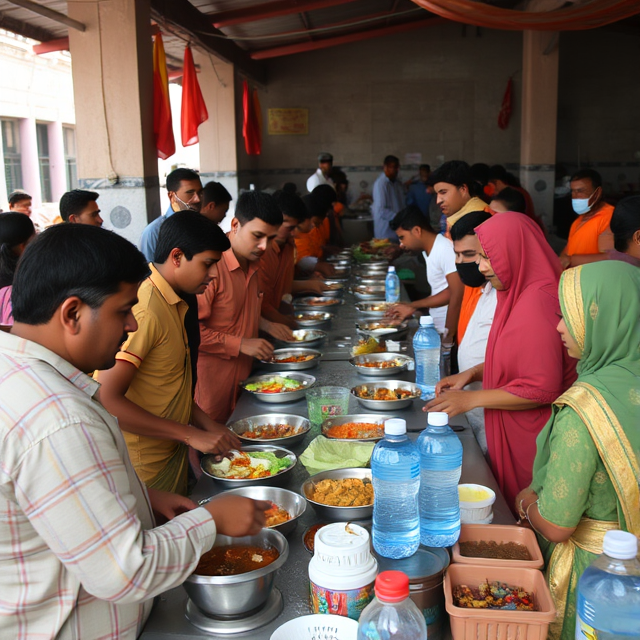
5. Coordination with Religious Leaders
The involvement of religious leaders and Akharas is pivotal. They play a significant role in finalizing the dates for auspicious rituals and organizing processions like the Shahi Snan.
- Cultural Elements:
- Akhara camps showcasing spiritual discourses and rituals.
- Sadhus leading grand processions with traditional music and dance.
6. Eco-Friendly Initiatives
To reduce the environmental impact of such a large gathering, sustainable practices are adopted. Biodegradable materials, waste segregation, and river-cleaning campaigns are central to the event.
- Tip: Carry reusable bottles and bags to support the green initiative.
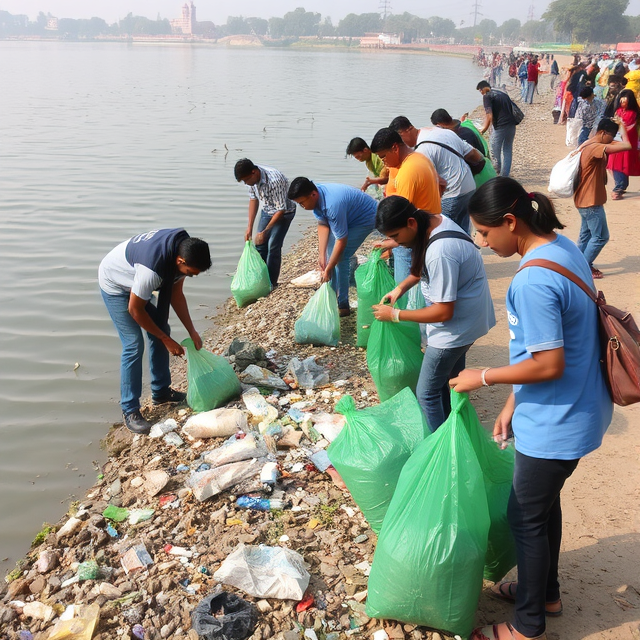
7. Volunteer Workforce
The success of the Maha Kumbh Mela depends heavily on its volunteers. Thousands of people from different walks of life come together to assist in various tasks, from crowd management to providing information to visitors.
- Role of Volunteers:
- Guiding pilgrims.
- Assisting with medical aid.
- Supporting cultural events.
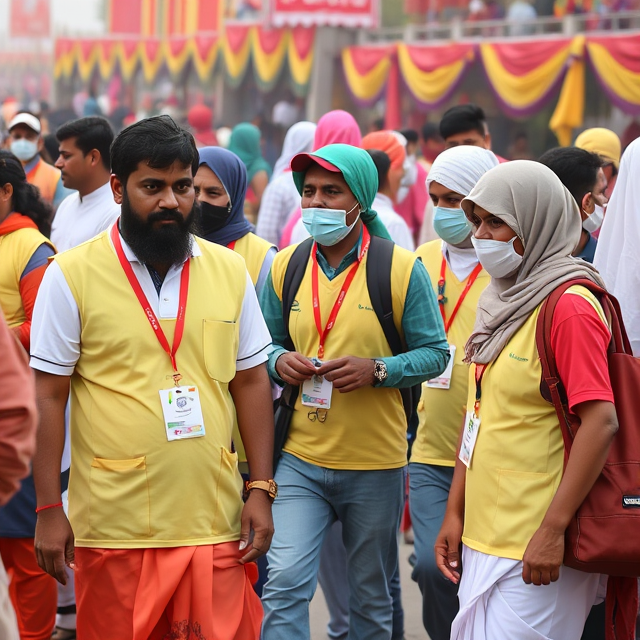
8. Technological Integration
Technology plays a crucial role in modernizing the Maha Kumbh Mela. Mobile apps, helpline numbers, and digital maps are made available for pilgrims.
- Noteworthy Features:
- Real-time location sharing to reunite families.
- Online registration for accommodation and rituals.
Conclusion
The Maha Kumbh Mela 2025 is not just a spiritual event; it is a monumental organizational achievement. The combined efforts of the government, religious leaders, and countless volunteers transform Prayagraj into a bustling hub of faith and culture. As you marvel at the spiritual ambiance, spare a thought for the incredible work behind the scenes that makes this grand gathering possible.

Can you be more specific about the content of your article? After reading it, I still have some doubts. Hope you can help me.
Can you be more specific about the content of your article? After reading it, I still have some doubts. Hope you can help me.
Thank you for your sharing. I am worried that I lack creative ideas. It is your article that makes me full of hope. Thank you. But, I have a question, can you help me? https://accounts.binance.com/id/register?ref=GJY4VW8W
Thank you for your sharing. I am worried that I lack creative ideas. It is your article that makes me full of hope. Thank you. But, I have a question, can you help me?
Your point of view caught my eye and was very interesting. Thanks. I have a question for you.
Thank you for your sharing. I am worried that I lack creative ideas. It is your article that makes me full of hope. Thank you. But, I have a question, can you help me?
Can you be more specific about the content of your article? After reading it, I still have some doubts. Hope you can help me.
Thank you for your sharing. I am worried that I lack creative ideas. It is your article that makes me full of hope. Thank you. But, I have a question, can you help me? https://www.binance.info/da-DK/register?ref=V2H9AFPY
Can you be more specific about the content of your article? After reading it, I still have some doubts. Hope you can help me.
Thank you for your sharing. I am worried that I lack creative ideas. It is your article that makes me full of hope. Thank you. But, I have a question, can you help me? https://www.binance.info/en-ZA/register-person?ref=JHQQKNKN
Can you be more specific about the content of your article? After reading it, I still have some doubts. Hope you can help me.